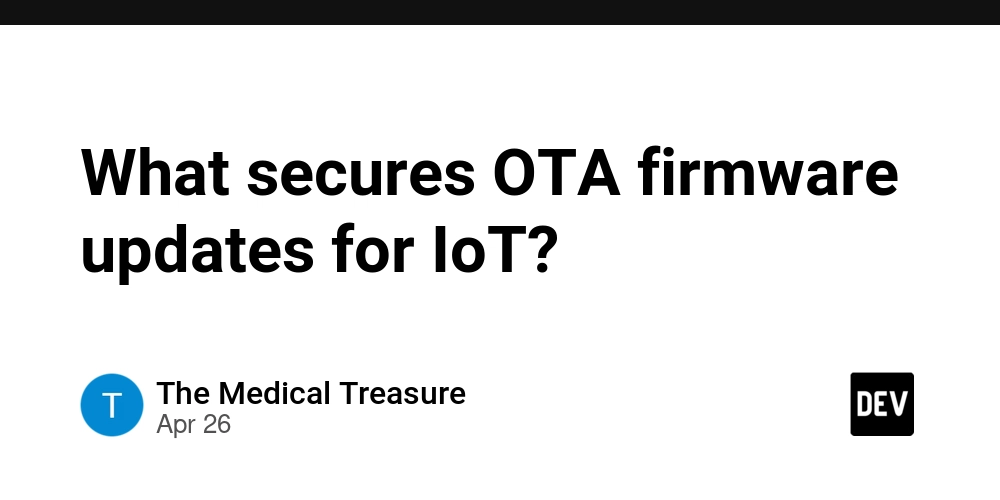What secures OTA firmware updates for IoT?
Over-the-Air (OTA) firmware updates are a vital part of IoT devices as they allow manufacturers to remotely update the device’s software without needing to physically access the hardware. However, securing OTA updates is crucial to prevent cyber-attacks and ensure the integrity and confidentiality of the data being transferred. One of the primary methods of securing OTA updates is encryption. Both the firmware and the communication channels should be encrypted using robust algorithms like AES (Advanced Encryption Standard) or TLS (Transport Layer Security). This ensures that the firmware files cannot be intercepted or tampered with during transmission, protecting against man-in-the-middle attacks and ensuring data integrity. Authentication is another critical aspect. Before accepting an OTA update, the IoT device should authenticate the server issuing the update. This is usually done through digital signatures, which validate the identity of the server. Devices can be equipped with a unique private key, and the server’s public key can verify the authenticity of the update package. Furthermore, secure boot mechanisms can be implemented, ensuring that only verified firmware can run on the device. If a malicious firmware version is detected, the device can enter a secure state and prevent the execution of harmful code. Version control and rollback mechanisms are also important. A device should be capable of rolling back to the previous firmware version if the update fails, ensuring that the device remains functional even if the update is corrupted or flawed. Lastly, access control must be enforced, ensuring only authorized personnel can initiate or approve OTA updates. For those interested in learning how to properly implement security for IoT devices, an IoT certification course will provide the necessary skills and knowledge to manage secure OTA updates effectively.

Over-the-Air (OTA) firmware updates are a vital part of IoT devices as they allow manufacturers to remotely update the device’s software without needing to physically access the hardware. However, securing OTA updates is crucial to prevent cyber-attacks and ensure the integrity and confidentiality of the data being transferred.
One of the primary methods of securing OTA updates is encryption. Both the firmware and the communication channels should be encrypted using robust algorithms like AES (Advanced Encryption Standard) or TLS (Transport Layer Security). This ensures that the firmware files cannot be intercepted or tampered with during transmission, protecting against man-in-the-middle attacks and ensuring data integrity.
Authentication is another critical aspect. Before accepting an OTA update, the IoT device should authenticate the server issuing the update. This is usually done through digital signatures, which validate the identity of the server. Devices can be equipped with a unique private key, and the server’s public key can verify the authenticity of the update package.
Furthermore, secure boot mechanisms can be implemented, ensuring that only verified firmware can run on the device. If a malicious firmware version is detected, the device can enter a secure state and prevent the execution of harmful code.
Version control and rollback mechanisms are also important. A device should be capable of rolling back to the previous firmware version if the update fails, ensuring that the device remains functional even if the update is corrupted or flawed.
Lastly, access control must be enforced, ensuring only authorized personnel can initiate or approve OTA updates.
For those interested in learning how to properly implement security for IoT devices, an IoT certification course will provide the necessary skills and knowledge to manage secure OTA updates effectively.








































































